Over the past few years, the global conversation on sustainable energy and self-sufficiency has moved from the periphery to the forefront.
Among the various technologies that are aiming to redefine how we interact with energy, Tesla’s Powerwall and Inverter system has emerged as a frontrunner. With Tesla’s reputation for innovation, high performance, and sleek design, expectations for the Powerwall were sky-high.
Does it live up to the hype? In many ways, yes, but there are also points of consideration for potential buyers.
Let’s have a look at this system in further detail.
Design and Aesthetics
The Powerwall itself is a wall-mounted, rechargeable lithium-ion battery that embodies Tesla’s well-known aesthetic values: sleek, modern, and unobtrusive. It’s designed in such a way that it can be installed either inside or outside your home, offering versatility in placement.
That said, it’s not just a functional piece of technology; it’s also designed to be aesthetically pleasing, which is a rarity in the realm of home energy solutions.
Performance and Efficiency
The Powerwall boasts an impressive 13.5 kWh energy capacity with a continuous power supply of 5 kW. This is sufficient to power most essential household appliances for a day. Coupled with solar panels, the Powerwall can be charged during the day for use at night, essentially offering the prospect of off-grid living.
Its round-trip efficiency is cited to be around 90%, meaning the unit is highly effective in storing and discharging electrical power with minimal losses.
It also comes with “Storm Watch,” a feature that prepares the Powerwall to store energy if it predicts a power outage, showcasing Tesla’s commitment to practical, smart technology.
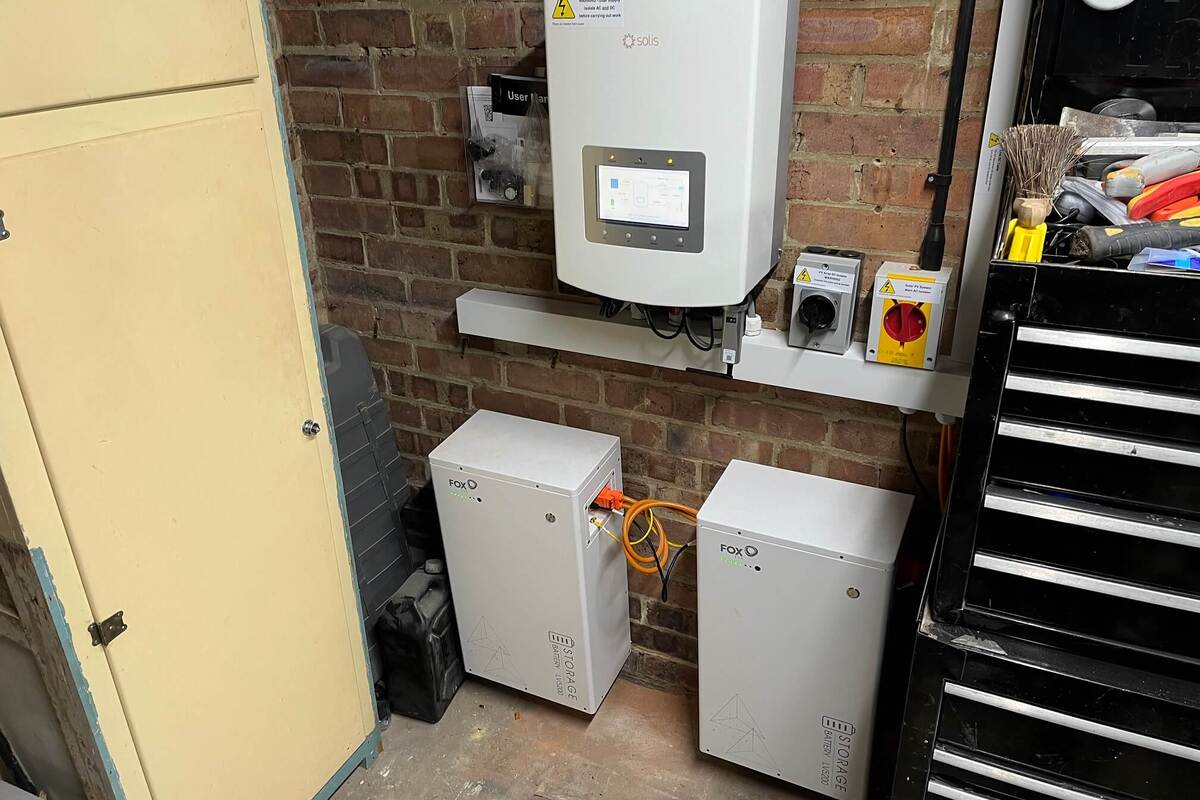
Installation and Compatibility
Tesla offers an integrated system that includes an inverter, which is key to converting DC power from solar panels into AC power for home use. The inverter is also important for charging the Powerwall itself.
This makes installation easier since you’re not cobbling together systems from different manufacturers.
That said, the installation isn’t a DIY project and does require professional assistance, which adds to the overall cost. Also, while Tesla’s ecosystem encourages a seamless transition to sustainable energy, some may find the lack of compatibility with inverters from other brands limiting.
User Interface and App
The Tesla app allows users to monitor and manage the Powerwall’s performance in real time. You can view your current energy consumption, solar generation, and Powerwall’s charge level with ease.
The user interface is clean, intuitive, and provides valuable insights into your energy usage patterns.
Pricing and Warranty
The cost of the Powerwall system, when combined with installation and additional components like solar panels, can be on the higher side, which may be a barrier for some potential buyers.
However, the unit comes with a 10-year warranty to offer peace of mind when it comes to the system’s longevity. For those who can afford the upfront investment, the long-term savings on energy bills could make this a financially viable solution.
Environmental Impact
Beyond the user-centric benefits, the Powerwall aims to reduce reliance on fossil-fueled electricity, cutting down on greenhouse gas emissions. When used in conjunction with renewable energy sources like solar panels, the system can contribute to a substantial reduction in a household’s carbon footprint.
Final Thoughts
Tesla’s Powerwall and Inverter system is an elegant, high-performing solution for homeowners looking to make the shift toward sustainable energy.
While the initial investment is significant and the ecosystem somewhat closed, the system delivers on its promise of efficiency, smart energy management, and enhanced self-sufficiency.
It is an investment not just in personal energy independence but also in a more sustainable future.

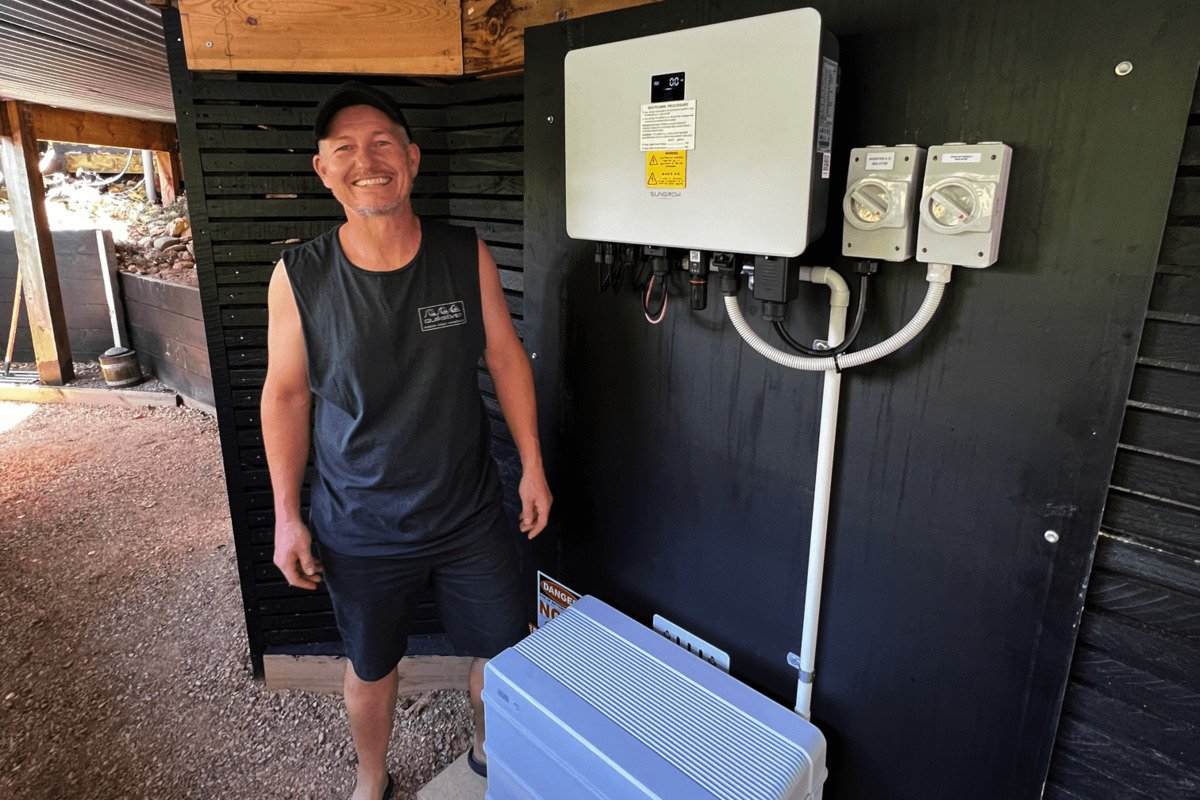
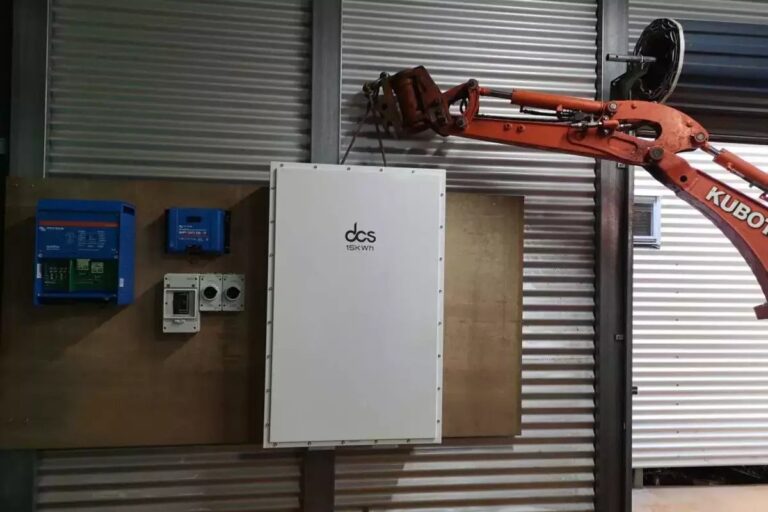
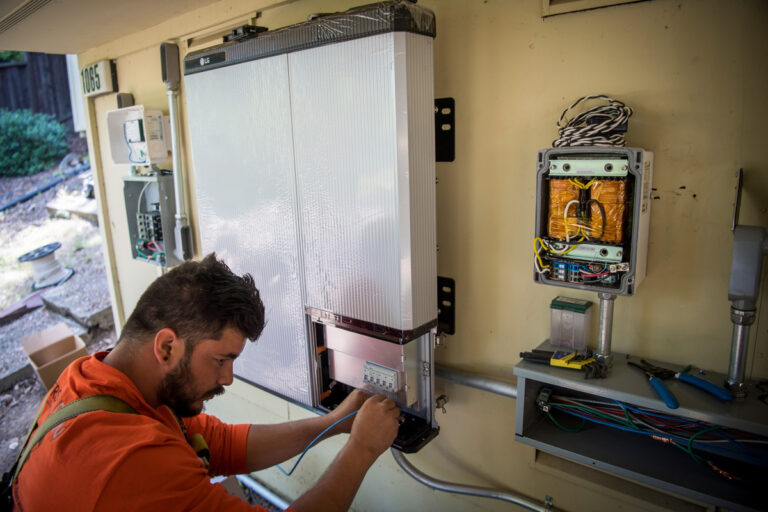
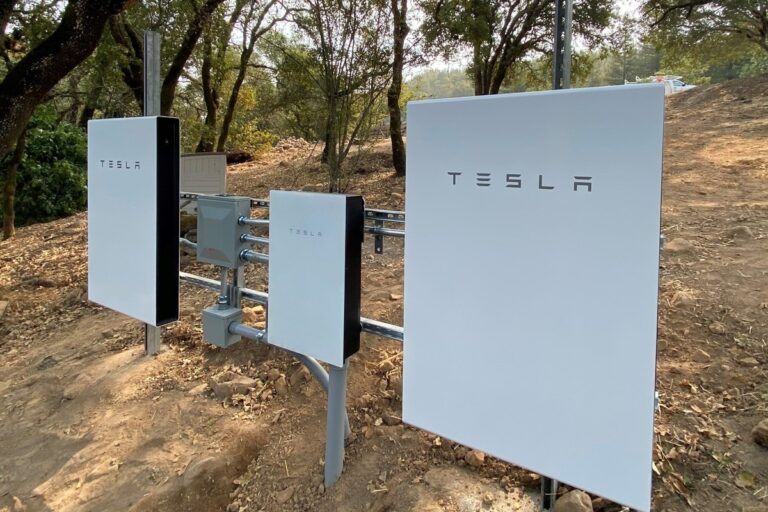
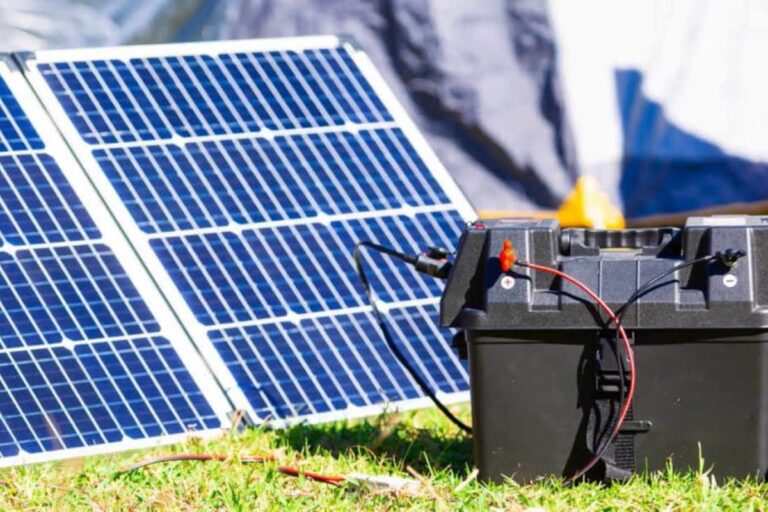
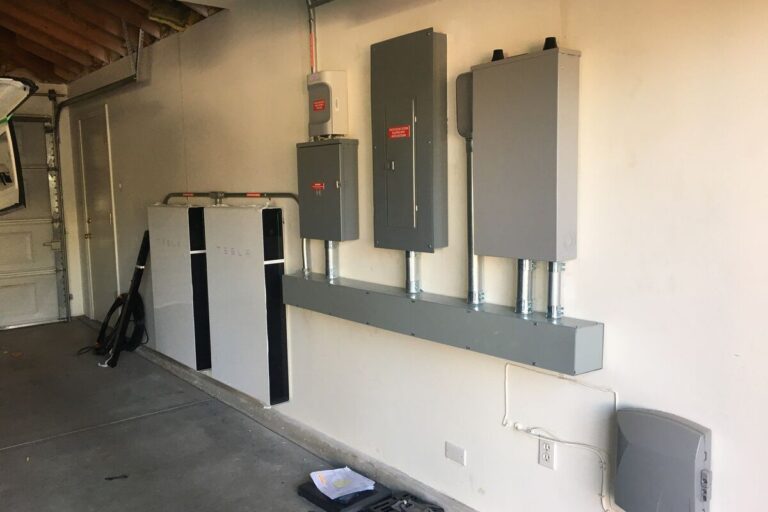
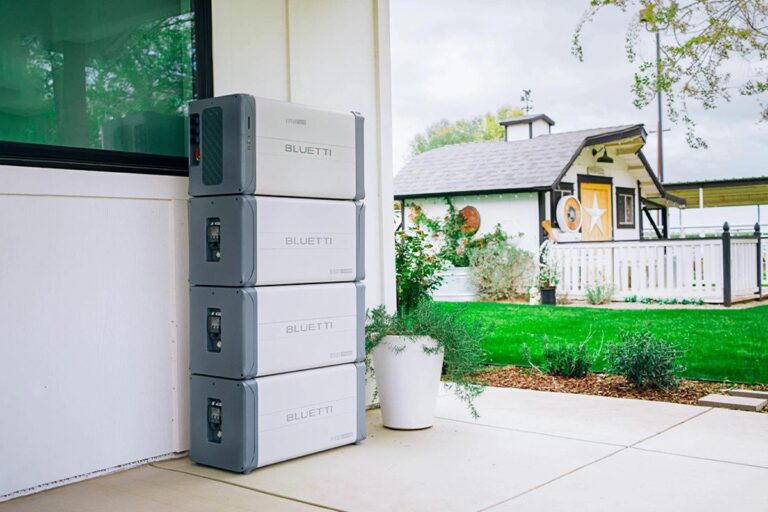
+ There are no comments
Add yours